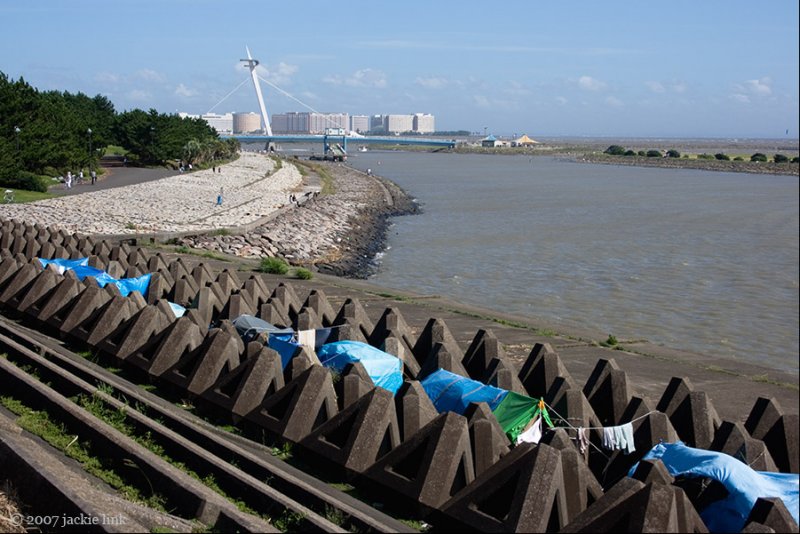 Abandoned Land: A homebuilt house is built on unwanted or otherwise unusable land, when ownership is unknown or confused. Neglected, abandoned, and unclaimed property occur on private and public land where the jurisdictions of local, regional, and federal authorities is loosely defined and unclear, especially along right of ways, reserves, or borders and boundaries between governing agencies, private parcels, and lands held in the public domain due to long abandoned titles.
Abandoned Land: A homebuilt house is built on unwanted or otherwise unusable land, when ownership is unknown or confused. Neglected, abandoned, and unclaimed property occur on private and public land where the jurisdictions of local, regional, and federal authorities is loosely defined and unclear, especially along right of ways, reserves, or borders and boundaries between governing agencies, private parcels, and lands held in the public domain due to long abandoned titles.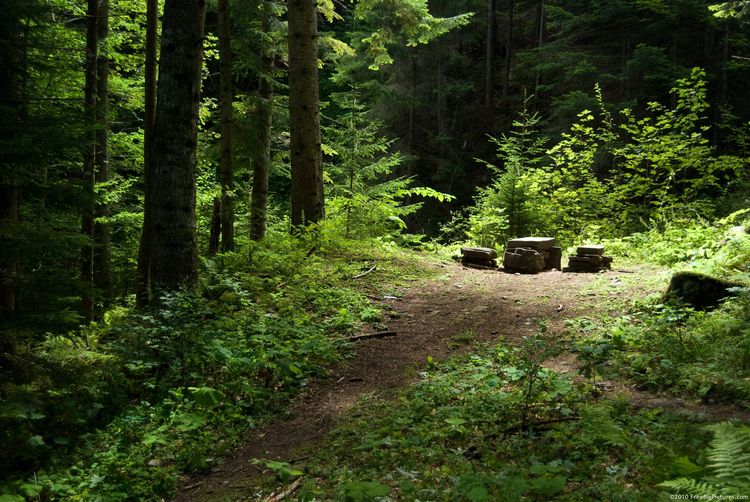 Home as a Sense of Place: A homebuilt house starts by occupying a site long enough to establish a visible presence and a sense of place on the land as a home. This begins with informal gestures, incidental interactions, and minor site improvements that vaguely signal intent to settle on the land. Initial improvements might include removing trash, clearing weeds, trimming branches, and trying different paths to test unobtrusive ways to access a possible house.
Home as a Sense of Place: A homebuilt house starts by occupying a site long enough to establish a visible presence and a sense of place on the land as a home. This begins with informal gestures, incidental interactions, and minor site improvements that vaguely signal intent to settle on the land. Initial improvements might include removing trash, clearing weeds, trimming branches, and trying different paths to test unobtrusive ways to access a possible house.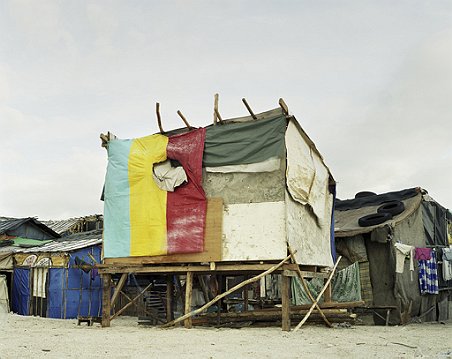 Materials Negotiate Tenure: Months may pass with only minor improvements to the home-land before deciding to proceed with the house’s construction. Expendable materials are then used as pawns to signal intent and test reaction. First placed on the land, then slowly pieced together as a shelter on land already used as a home. Each piece of the assembly further tests the site’s potential for long-term occupancy. The process is slow and cautious; continuing for years with each step slightly more visible than the last.
Materials Negotiate Tenure: Months may pass with only minor improvements to the home-land before deciding to proceed with the house’s construction. Expendable materials are then used as pawns to signal intent and test reaction. First placed on the land, then slowly pieced together as a shelter on land already used as a home. Each piece of the assembly further tests the site’s potential for long-term occupancy. The process is slow and cautious; continuing for years with each step slightly more visible than the last.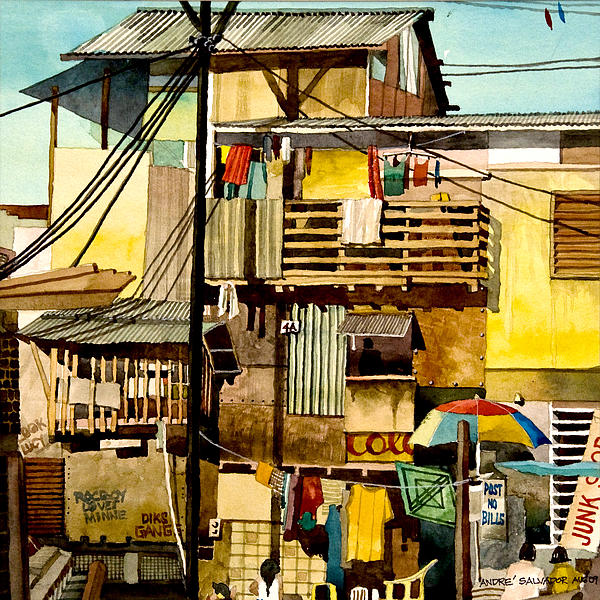 Form Giving Resources: Where conventional housing begins with an engineered plan and permits, a homebuilt house starts without a plan and no preconceived idea of its eventual size or shape. The house emerges like sculpture, using whatever tools and materials that become available for its construction. The slow and methodical hands-on process means skills also evolve gradually as tools are accumulated and the house slowly morphs into a more ordered form.
Form Giving Resources: Where conventional housing begins with an engineered plan and permits, a homebuilt house starts without a plan and no preconceived idea of its eventual size or shape. The house emerges like sculpture, using whatever tools and materials that become available for its construction. The slow and methodical hands-on process means skills also evolve gradually as tools are accumulated and the house slowly morphs into a more ordered form.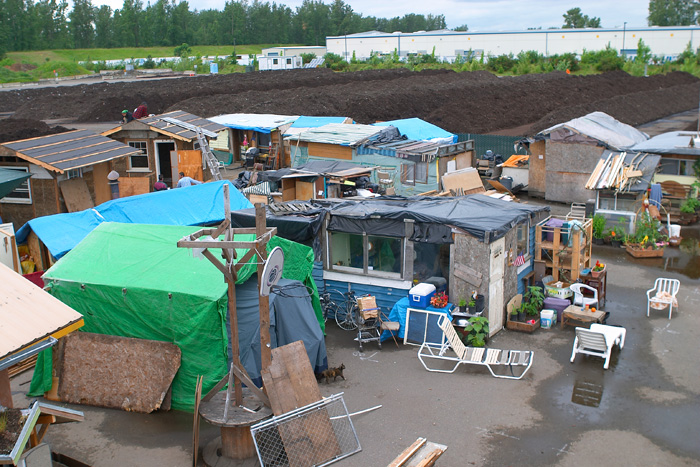 Imperceptible Process: A homebuilt house evolves so slowly that no one knows when construction actually began or even if it continues. The key to its initial success is a patient strategy where no single action triggers a response from neighbors or regulators. The process requires a measured balance, incrementally taking on the beginnings of tenable housing, both recognized and ignored as it evolves over decades into its final form.
Imperceptible Process: A homebuilt house evolves so slowly that no one knows when construction actually began or even if it continues. The key to its initial success is a patient strategy where no single action triggers a response from neighbors or regulators. The process requires a measured balance, incrementally taking on the beginnings of tenable housing, both recognized and ignored as it evolves over decades into its final form.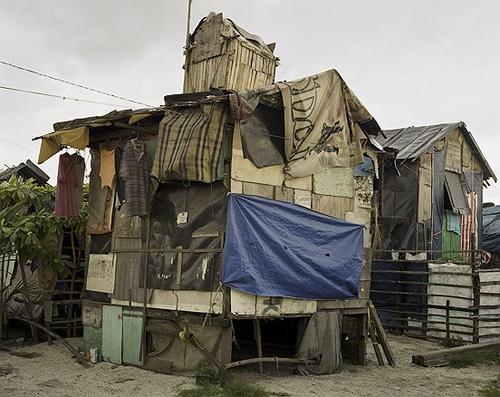 Three-dimensional storage: Keenly aware of the variables, a homebuilt house is assembled to be reconstructible, ready to be moved or reconfigured whenever an unforeseen event or some newly found material comes along. The result is an architecture shaped by chance and marginality. This is architecture at the baseline of consumption, almost Zen-like simplicity, not much more than the essence of what a house really is, but physically transparent, revealing the disorder that is a unique characteristic of its vernacular of uncertainty.
Three-dimensional storage: Keenly aware of the variables, a homebuilt house is assembled to be reconstructible, ready to be moved or reconfigured whenever an unforeseen event or some newly found material comes along. The result is an architecture shaped by chance and marginality. This is architecture at the baseline of consumption, almost Zen-like simplicity, not much more than the essence of what a house really is, but physically transparent, revealing the disorder that is a unique characteristic of its vernacular of uncertainty.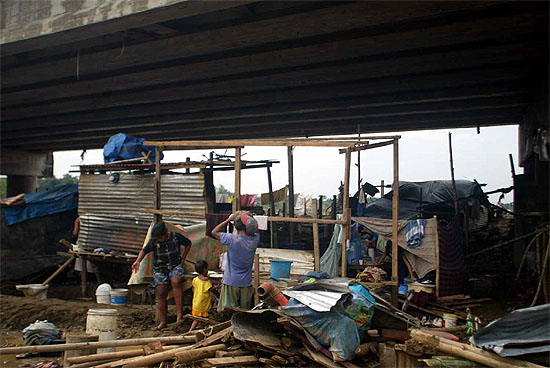 Intuitively Engineered: Where a conventional house is engineered according to manufactured materials and a predictable process, a homebuilt house is built intuitively, following the logic of trial and error. Its random materials mean each piece of the construction must be carefully considered in the context of what has already been assembled. Failures are resolved by reinforcing weaknesses with temporary solutions while continually exploring alternatives.
Intuitively Engineered: Where a conventional house is engineered according to manufactured materials and a predictable process, a homebuilt house is built intuitively, following the logic of trial and error. Its random materials mean each piece of the construction must be carefully considered in the context of what has already been assembled. Failures are resolved by reinforcing weaknesses with temporary solutions while continually exploring alternatives.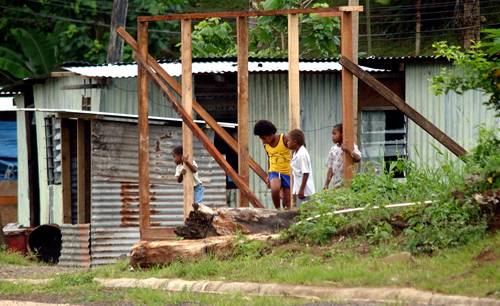 ConstantState of Improvement: Where most houses are in a constant state of deterioration, a homebuilt house is in a constant state of improvement. This means the house is constantly changing, growing slowly as it is shaped by its random resources, financial reserves, and the socio-political environment in which it is assembled. What we see as a result is an incomplete house-form, whose shape is shifting, evolving slowly, changing in response to life in an uncertain world.
ConstantState of Improvement: Where most houses are in a constant state of deterioration, a homebuilt house is in a constant state of improvement. This means the house is constantly changing, growing slowly as it is shaped by its random resources, financial reserves, and the socio-political environment in which it is assembled. What we see as a result is an incomplete house-form, whose shape is shifting, evolving slowly, changing in response to life in an uncertain world.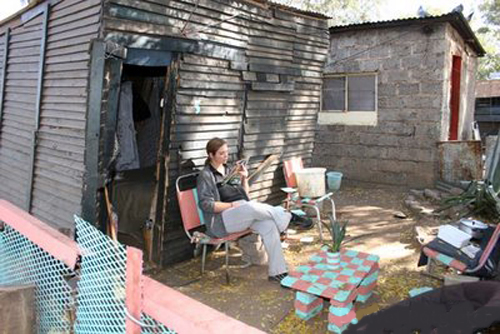 Debt-Free and Self-Sustainable: To be sustainable, a homebuilt house must be debt-free. The primary motivation for the hardships and sacrifices necessary to build a homebuilt house is the reluctance of its builders to spend what little they might have on a mortgage, rent, taxes, fees, and unnecessary consumables. Already marginalized by an economic system that leaves them with just enough to survive, any payments to landlords and government agencies means a substantial portion of their income would be lost in mind numbing rituals that leave them with few opportunities.
Debt-Free and Self-Sustainable: To be sustainable, a homebuilt house must be debt-free. The primary motivation for the hardships and sacrifices necessary to build a homebuilt house is the reluctance of its builders to spend what little they might have on a mortgage, rent, taxes, fees, and unnecessary consumables. Already marginalized by an economic system that leaves them with just enough to survive, any payments to landlords and government agencies means a substantial portion of their income would be lost in mind numbing rituals that leave them with few opportunities..
